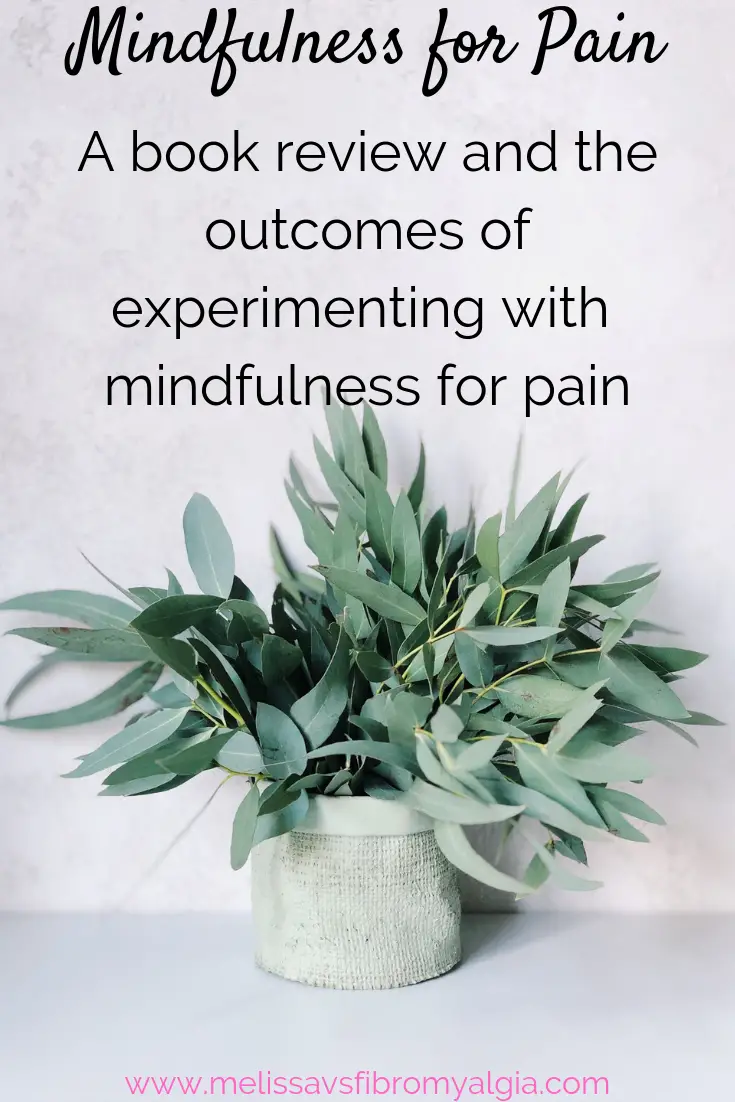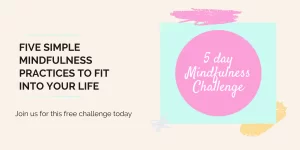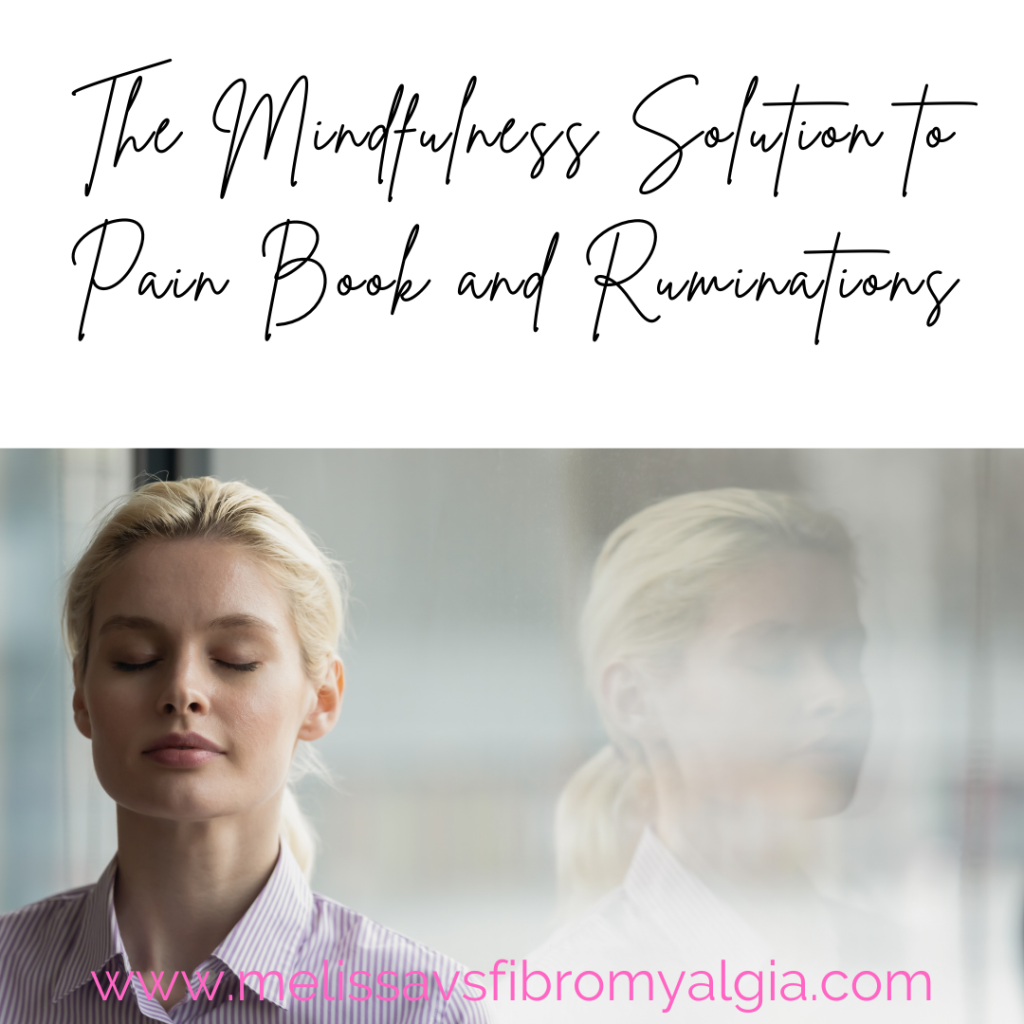Last Updated on December 13, 2021 by melissanreynolds
I recently read the book, The Mindfulness Solution to Pain: Step-By-Step Techniques for Chronic Pain Management (2009) by Jackie Gardner-Nix. Katarina from Painfully Aware wrote about it and I decided I needed to check it out!
Affiliate notice: Please note that some of my links may be affiliate links and I will make a small commission at no extra cost to you if you use these links.
One key idea from this book latched onto me and has not let go since. The idea of noticing my pain and, non-judgmentally, taking note of all the details. Where it is, how it feels, what may have caused it.

Through this idea, I have come to understand more and more the separate components of my pain. For example, I know that the pain in my neck and back is probably caused by the overreaction of my muscles to stimulus. Also, there may be a problem in my right shoulder that is causing some of the problems around there.
Edited to add 2019: It is amazing that I noticed this as I learnt in 2017 that my neck pain was caused by myofascial pain syndrome and that was a huge piece of the puzzle!
I have noted an interesting paradox with my leg muscles, they respond most negatively to exercise when they have had a break. Longer periods of exercise do cause more tightness, but it is the getting used to exercise again, even after a one day break that causes the most trouble. So I really need to make an effort to walk or do Pilates every day. Which is not easy with rain, the baby and not much sleep!
I have also noted, more clearly than before, that not enough sleep causes the most problems in my life. When I can get 8-9 hours per night, preferably uninterrupted, I can cope with it all. The pain, the fatigue and the resulting roller coaster of emotions that come with this. When I don’t get enough sleep, for a long time, I spiral. Neck flare ups, more general pain, more deep-in-my-bones fatigue, cold sores, ulcers and lethargy.

The idea of meditation has always appealed, but I have never been any good at the sitting still and focusing on the breathe version. I would take to the five minutes of lying down after yoga practice, happy for the rest after the work. I can enter a mindful, peaceful state while walking and just being. But I don’t just go and meditate.
One afternoon, I had an hour to lie down between finishing work and getting my boy, and I didn’t feel like struggling with myself to have a nap. Falling asleep in the day time, potentially because I use Amitriptyline at night-time to get to sleep, is very difficult. I get frustrated. So instead, I meditated. I breathed, I performed a body scan (mentally checking in with all of my muscles) and rested. I felt very nice afterwards.

One night, after several particularly bad nights with the baby, I found that my neck was too sore and my headache too great to fall asleep. So I attempted visualisation (the concept of visualising my pain receding and the muscles relaxing). I gave it a good effort and found it not to be a useful form of pain relief for me. I took Panadol, waited about 20 minutes and finally, when the medicine took the edge off enough for me, got to sleep.
Mindfulness and the tools that this entails are useful aids for dealing with my pain and help to lessen the effects of the emotions that come with the chronic pain. But they can’t replace medicine when it is bad, or my whole of life wellness plan.
The Mindfulness Solution to Pain is well worth checking out!
